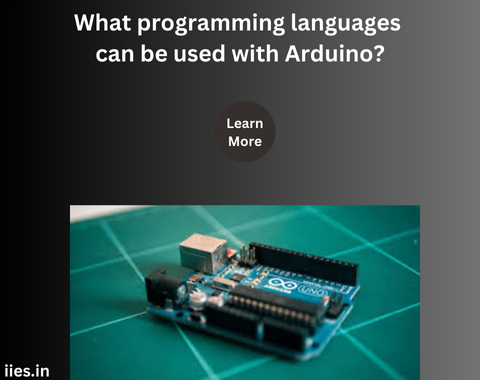
Arduino is a popular open-source platform used for building electronics projects. It consists of both a physical programmable circuit board (often referred to as a microcontroller) and a software, or Integrated Development Environment (IDE), that runs on your computer, used to write and upload code to the physical board. While Arduino is typically associated with its own language, which is based on C/C++, there are several other programming languages that can be used to develop Arduino projects. Let’s explore these languages and how they can be integrated with Arduino.
The most common language used with Arduino is the Arduino Programming Language, which is a simplified version of C/C++. This language is designed to be accessible to beginners while still being powerful enough for advanced users. The Arduino IDE uses this language and provides a straightforward way to write code and upload it to the Arduino board. The language supports standard C/C++ libraries and additional Arduino-specific libraries, making it versatile for various applications.
Python is another language that can be used with Arduino, particularly through the use of special libraries and tools. One popular option is the pySerial library, which allows for communication between the Arduino and a Python script running on a computer. Additionally, platforms like MicroPython and CircuitPython enable Python code to be run directly on microcontroller boards similar to Arduino. These Python-based solutions are excellent for users who prefer Python’s readability and ease of use.
JavaScript can be used with Arduino through the Johnny-Five library, which is a JavaScript Robotics and IoT programming framework. Johnny-Five runs on Node.js, allowing developers to write JavaScript code that interacts with the Arduino via a USB or serial connection. This is particularly useful for web developers who are already familiar with JavaScript and want to extend their skills to physical computing.
Scratch is a visual programming language aimed at children and beginners, providing an intuitive way to learn programming concepts. Scratch for Arduino (S4A) is an adaptation that allows users to control Arduino boards using the Scratch interface. This approach is ideal for educational environments where the focus is on learning the basics of programming and electronics without the complexity of text-based coding.
Similar to Scratch, BlocklyDuino is a visual programming editor for Arduino. It uses Google’s Blockly visual programming library to allow users to create programs by dragging and dropping code blocks. BlocklyDuino is excellent for beginners and younger programmers, offering a straightforward introduction to coding and electronics.
Rust is a systems programming language known for its performance and safety, particularly in concurrent applications. Although less common, Rust can be used with Arduino through the use of libraries like avr-rust, which enable Rust code to be compiled for AVR microcontrollers (the type used in many Arduino boards). Rust is suitable for advanced users looking for high-performance and low-level control in their Arduino projects.
Java can be used with Arduino through the Processing IDE, which is closely related to the Arduino IDE. Processing is primarily used for visual arts and interactive applications, but it can also be used to communicate with Arduino boards. The Processing language is based on Java, making it a good choice for those already familiar with Java and looking to incorporate Arduino into their interactive projects.
While the Arduino Programming Language (C/C++) remains the most common and widely supported language for Arduino development, the platform’s versatility allows for the use of several other programming languages. From Python and JavaScript to visual languages like Scratch and Blockly, and even Rust and Java, the options are diverse, catering to different levels of expertise and project requirements. Whether you’re a beginner, an experienced developer, or someone looking to integrate Arduino with other technologies, there’s likely a programming language that suits your needs and preferences.
Indian Institute of Embedded Systems – IIES